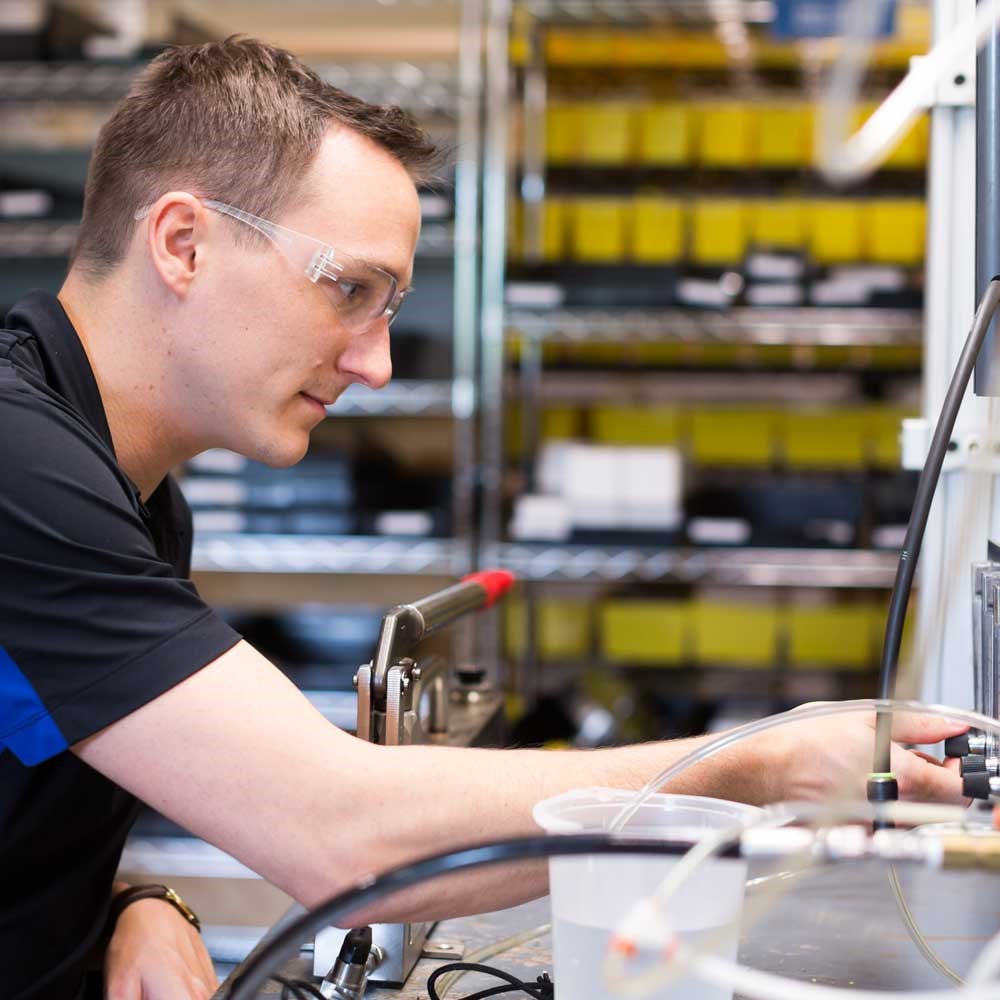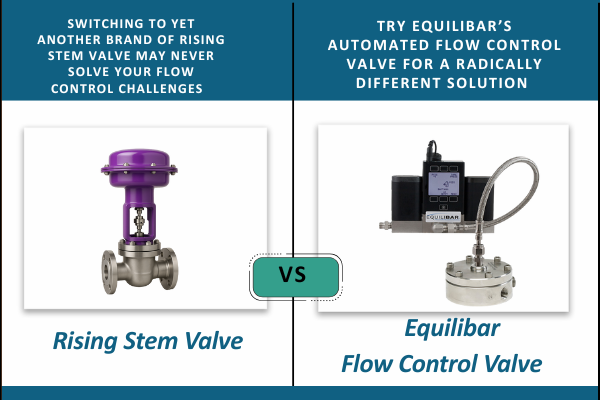By Ryan Heffner
Modern pharmaceutical systems often require fluid control devices that easily control a range of flow rates, have high precision and respond in milliseconds to manage pulsating environments. Ryan Heffner, PE, has spent much of his career focusing on the specific fluid control needs of the pharmaceutical industry. In this cover story for Process Instrumentation magazine, he explains what to consider when choosing pharmaceutical fluid control devices. He gives three examples of real-world situations, including Active Pharmaceutical Ingredient (API) reactors, chromatography columns, and vacuum drying.



